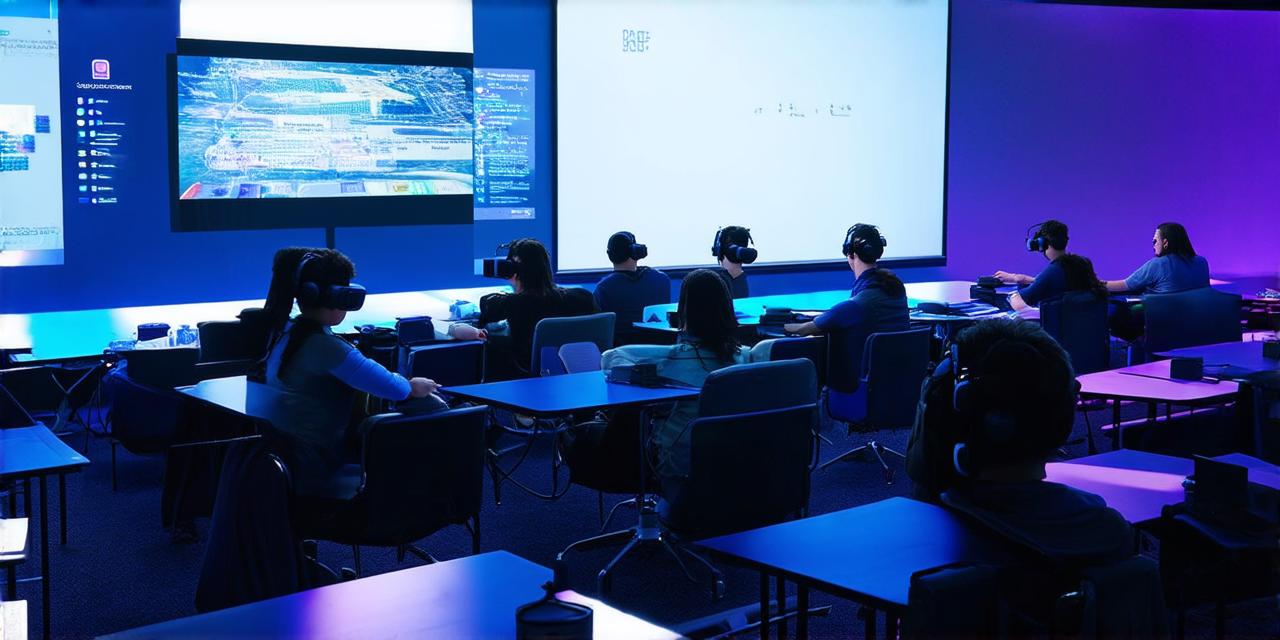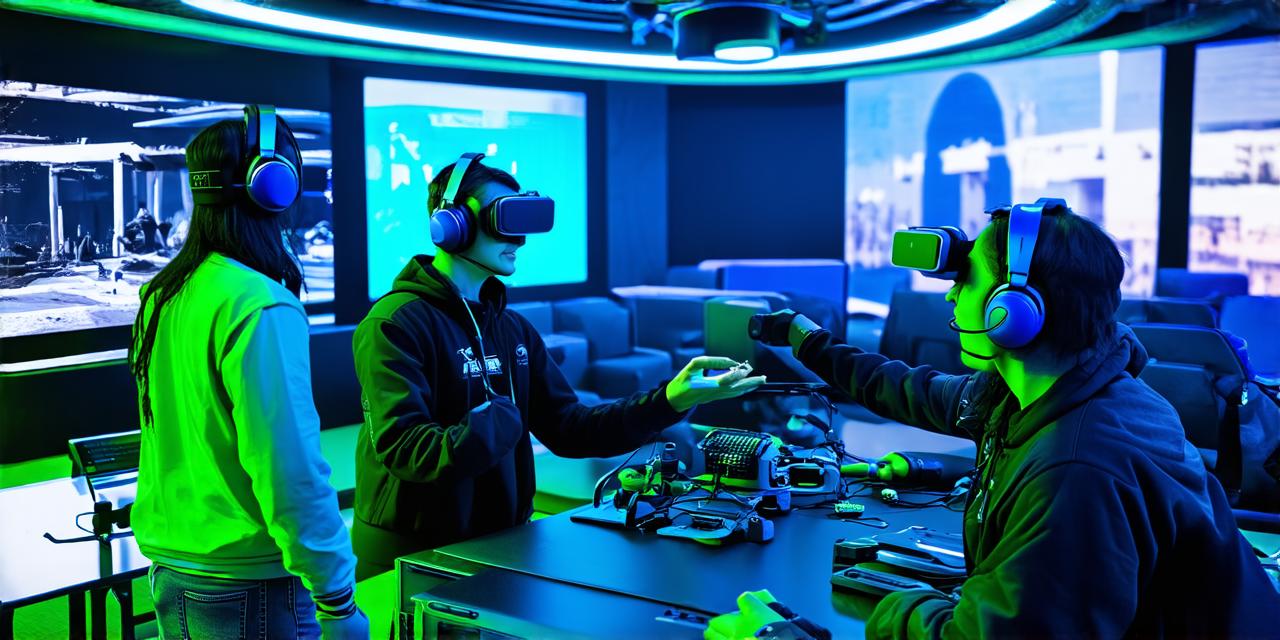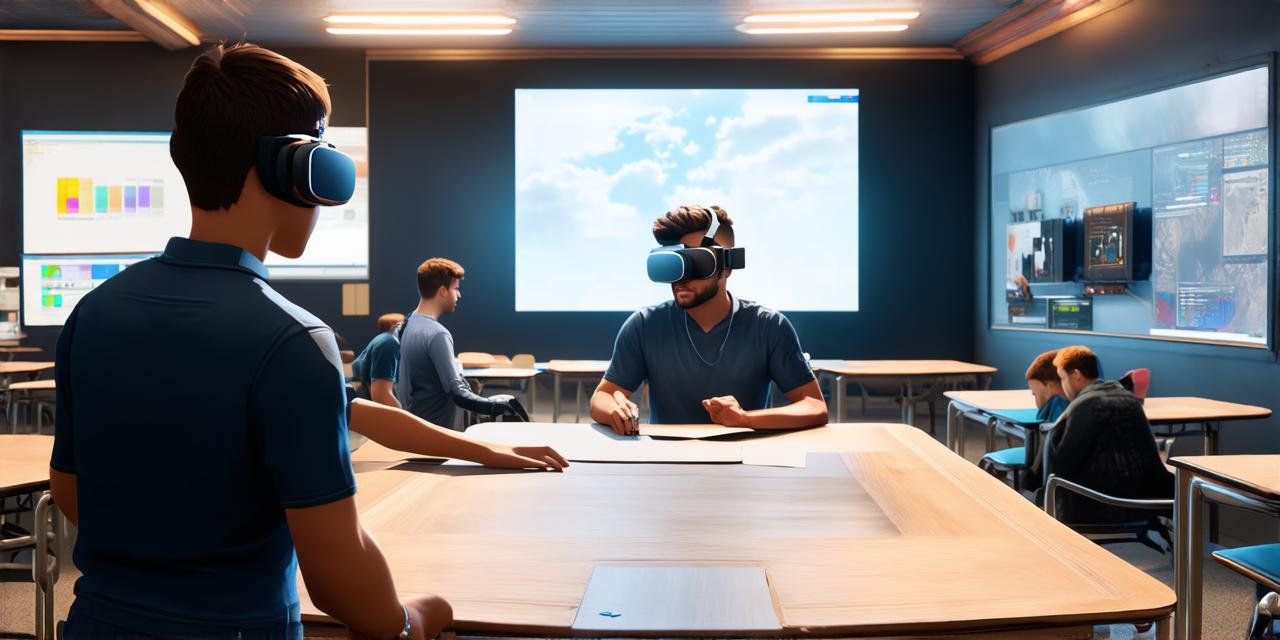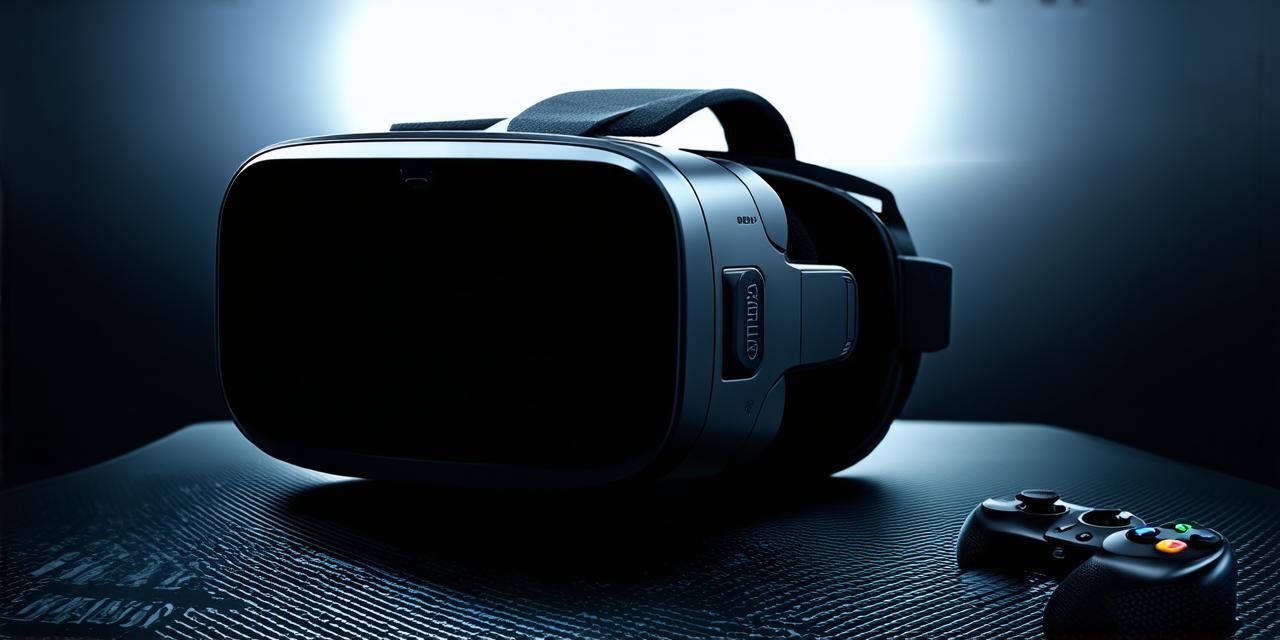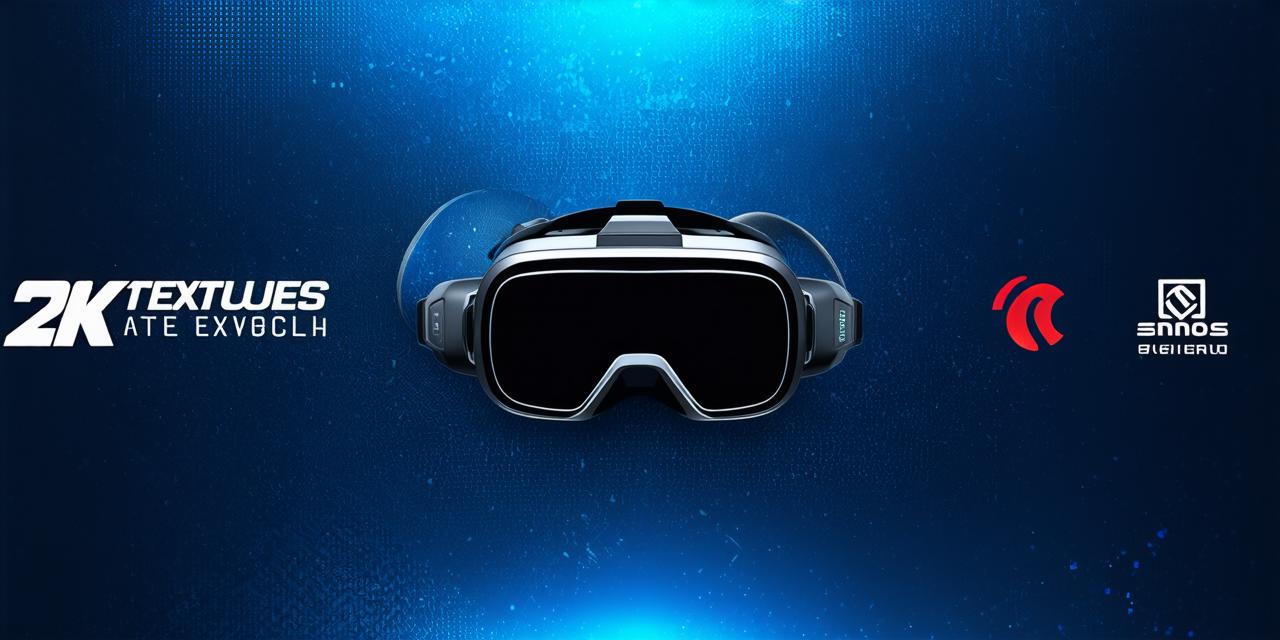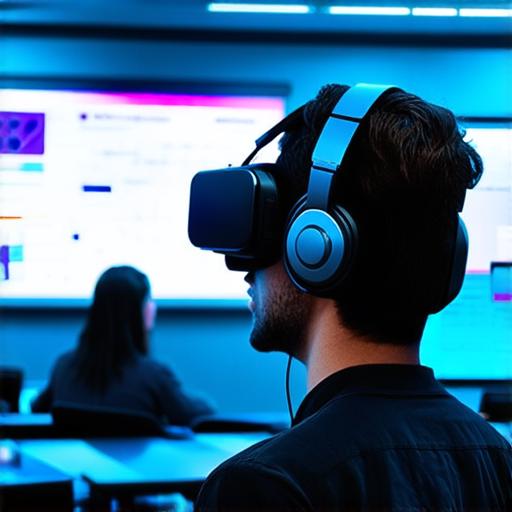
Virtual reality (VR) continues to gain popularity in the world of education, more schools and universities are incorporating this technology into their classrooms to enhance teaching methods and improve student engagement.
In this expanded article, we will delve deeper into why virtual reality improves teaching methods and provide even more detailed examples of how it is being used in classrooms today.
1. Immersive Learning Experience:
One of the key benefits of using virtual reality in teaching is that it provides an immersive learning experience for students. By placing students in a digital environment, they are able to interact with the content in a more meaningful way than they would if they were simply reading or watching a video.
This can lead to better understanding and retention of information.
For example, imagine a history class where students are able to explore ancient Egypt in virtual reality. They can walk through the streets of Cairo, visit the pyramids, and even interact with Egyptian citizens. This type of immersive learning experience can help students to better understand the culture and history of Egypt, and make the subject more engaging and enjoyable.
2. Enhanced Visualization:
Virtual reality allows for enhanced visualization of complex concepts, which can be particularly helpful in subjects such as science and math.
By providing a 3D representation of a concept, students are able to better understand how it works and how it relates to other concepts.
For example, imagine a biology class where students are able to explore the human heart in virtual reality. They can see the different chambers and valves, and even interact with them to learn how they work. This type of visualization can help students to better understand the complexity of the human body and make the subject more engaging and enjoyable.
3. Increased Engagement:
Virtual reality can also increase student engagement in the learning process. By providing a fun and interactive way to learn, students are more likely to be engaged and motivated to continue their studies.
This can lead to better academic performance and increased retention of information.
For example, imagine an art class where students are able to create their own virtual reality environment. They can choose the colors and textures they want to use, and even add their own objects and characters. This type of interactive learning experience can help students to develop their creativity and make the subject more enjoyable.
4. Personalized Learning:
Virtual reality can also provide personalized learning experiences for students. By allowing students to learn at their own pace and in their own way, virtual reality can help to cater to individual needs and preferences.
This can lead to better academic performance and increased student satisfaction.
For example, imagine a language class where students are able to practice speaking in virtual reality. They can choose the level of difficulty they want to work at and receive personalized feedback from their teacher. This type of personalized learning experience can help students to improve their language skills and make the subject more enjoyable.
5. Cost-Effective:
Finally, virtual reality can be a cost-effective way to enhance teaching methods. By providing a digital learning environment, schools and universities can save money on equipment and materials, as well as on the time and resources needed to teach classes.
This can help to make education more accessible and affordable for students.
In conclusion, virtual reality is an exciting technology that has the potential to revolutionize teaching methods. By providing immersive learning experiences, enhanced visualization, increased engagement, personalized learning, and cost-effective solutions, virtual reality can help to improve student understanding and academic performance. As more schools and universities continue to incorporate this technology into their classrooms, students are sure to benefit from the many advantages that virtual reality has to offer.
